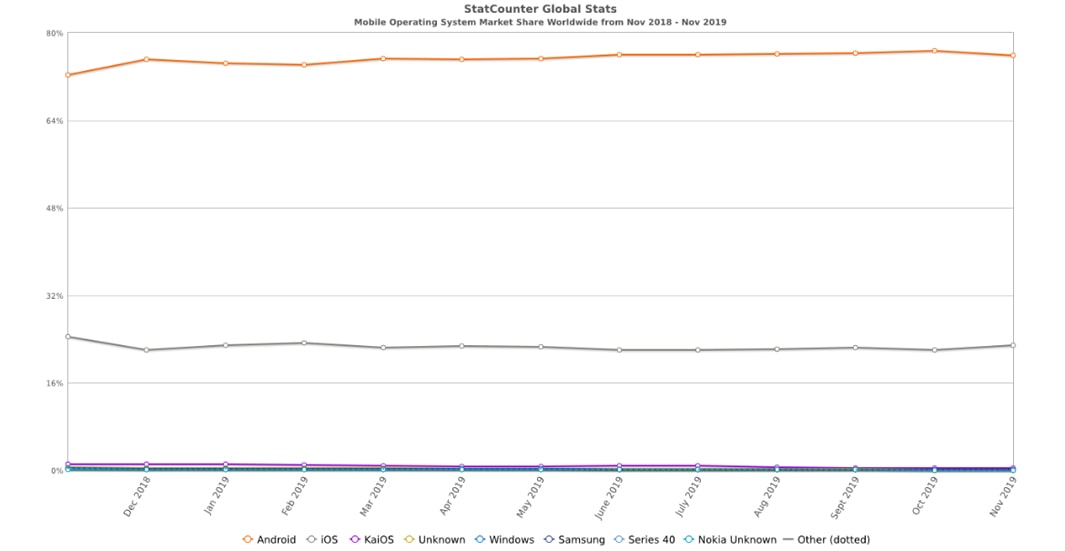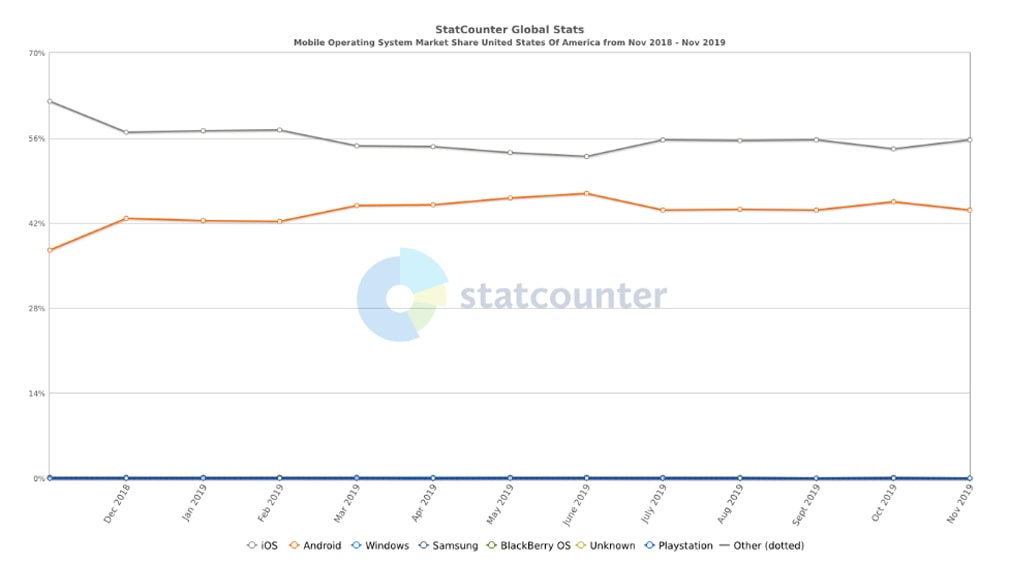
The on-demand economy has seen quite a revolution and many new startups are gearing up to enter the on-demand economy, but are they ready for the on-demand scene?
From Numerous Startups, 29% Of Startups Fail Due To Cash Troubles.
Finances are the biggest concern when it comes to startups and their success rates. There are several reasons for such cash troubles and one of them is the lack of proper financial planning. Often entrepreneurs are so enthusiastic about the idea and its execution that they tend to overspend on the structural aspects.
How Much Should Be Spent On The Technical Aspect?
Well! There is no clear number here, but, an entrepreneur must consider other expenses before spending a fortune on the technical aspect, as there are costing towards licensing, marketing and other aspects too.
Though we might not be able to predict the exact number, we can get an abstract idea of the costing by knowing different costing related factors of a technical aspect.
-
Key costing factors
There are certain key factors to an app development costing, these are quintessential to the whole process and needs due diligence while planning the financial budget for development process.
-
Stages of Development
Before understanding the equation of expenses, let us first understand the stages of development.
-
Ideation/Discovery Phase
Discovery or ideation phase is the stage at which, the startup team and app development teams come to common terms on the execution of an idea.
An idea is raw in its origin and needs refinement before developing a business out of it, this can be done by following steps:
- Conduct thorough market research for the client’s product.
- Develop a prototype based on a minimum viable product.
- Test the app and conceptualize the exact market impact.
- Develop and schedule the development plan.
-
Design Stage
The design stage includes designing the architecture of the app with a state-of-the-art user interface and features that can represent the client’s product in the best possible manner.
The layout, look, and functions of the app are designed specifically according to the business needs of the clients. Specific architecture is chosen to keep the apps to be lighter, faster and smoother to operate.
-
Development Stage
Platforms: There are two popular platforms for app development today in the market- Android & iOS.
-
-
Android OS:
The proficient platform developed by Google has earned a name due to its free-apps support on the Play store. With 75.85% market share for mobile operating systems worldwide, Android is the market leader and there is no doubt about it.
-
Apple iOS:
The iOS offered by Apple is the second-largest mobile OS in the world with a 22.87% market share and if we talk about the US market share iOS leads with 55.7% of the market share. So, it can be easily said that iOS is a force to reckon with when it comes to the US smartphone market.
-
Android OS:
Type of Apps: When it comes to the type of apps you would like to develop there are certain options like native apps, hybrid apps, etc.
-
Native apps:
Native apps are built to be a platform-specific environment or so-called native environments to provide features and functionalities to be in sync with the platform capabilities. Native apps are great when you are developing an app particularly for one platform and not across the platforms. In simple terms, apps developed for Android native environment may not work properly in an iOS native environment.
-
Hybrid apps:
These apps are built to be functional across the platforms and this is the reason, it can be considered a good option though, the decision on app type solely depends on your business model.
-
-
Deployment Stage
Deployment of apps is mostly done in phases and this is done to avoid any error or bugs being removed before the grand launch. Prototyping and testing of apps take place in this stage. Testing provides the app development teams with the necessary feedback needed to improve the app before going live.
-
Marketing Stage
Marketing stage is another important stage of app development process as your consumers must be aware of your product, or you will have none to sell to! This is where the marketing stage helps the apps and products within the app find their space in the market.
Now, that you know the stages of development, let us discover some costing statistics that will help you understand the costing trends in the market and to get an idea of the total cost.
-
-
The Costing Trends
As per the market trends, the development cost of enterprise apps may be in the range of $100,000 to $500,000. However, development costs differ from company to company and also varies on the project requirements and scale of the project.
Other vital statistics are:
- Large scale apps built by online giants can cost up to $1000,000.
- Medium-scale apps built by companies and agencies can offer services in the range of $50,000-$450,000.
- Smaller-scale apps built for stores and individual purposes cost anywhere between $10,000 to $50,000.
- 35% of the average app cost spent by startups turns out to be a two-year costing ordeal.
- Maintenance costs for large scale projects can go up to $25,000 per month and that of medium-scale and small scale can go up to $11,000 and $3000 respectively.
What Do We Offer?
Whatever may be the scale of your project, we at Elluminati believe in empowering businesses and offer technology stacks and services in the price range of $10,000 to $25,000 and that is the most competitive price ever offered!
Key Takeaways:
There is no doubt to the fact that an estimation over the costing of development can certainly help you plan your development plan financially aligned with your overall project. For better clarity and exact costing figures, one must get in touch with the mobile app development firm for quotations. Remember, it is better to plan for the worse than wait for the curse!












